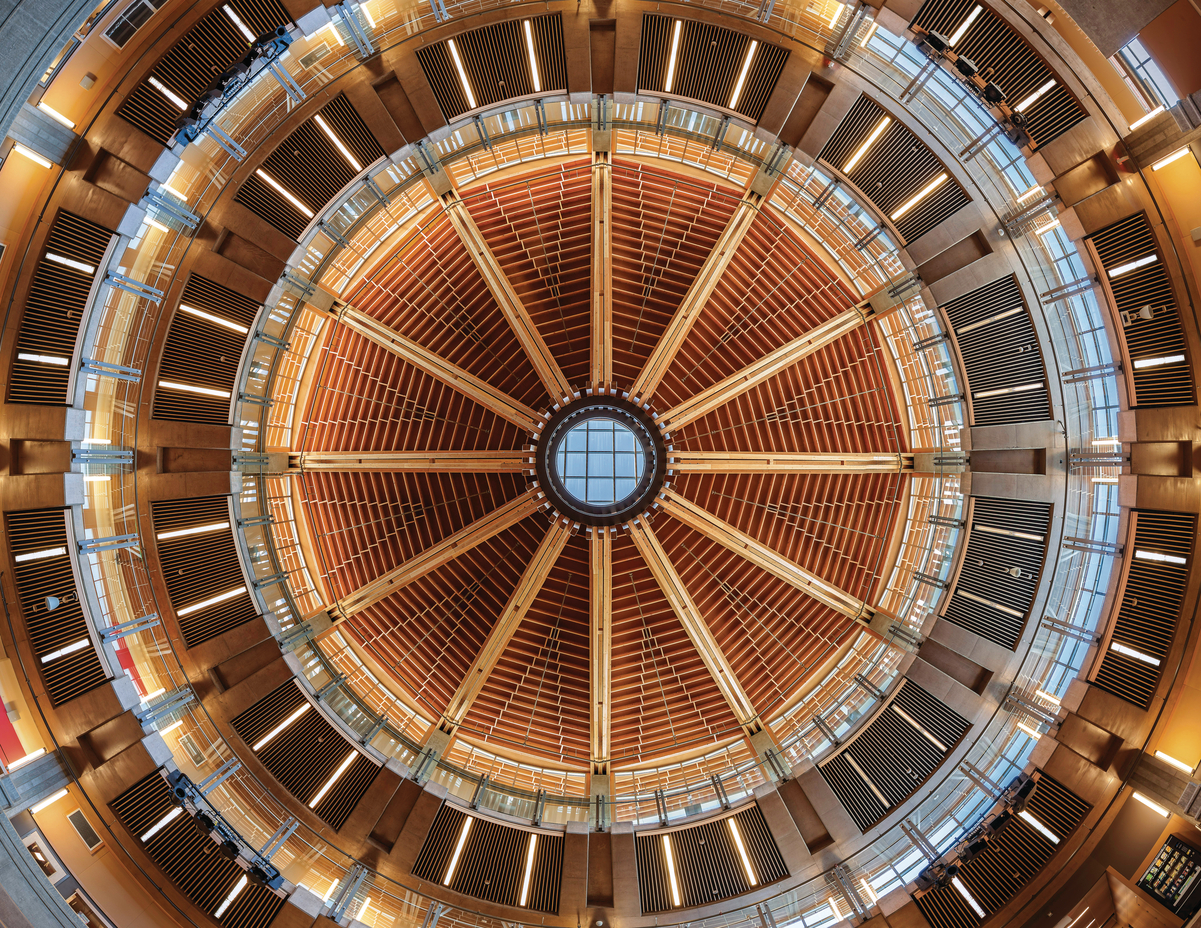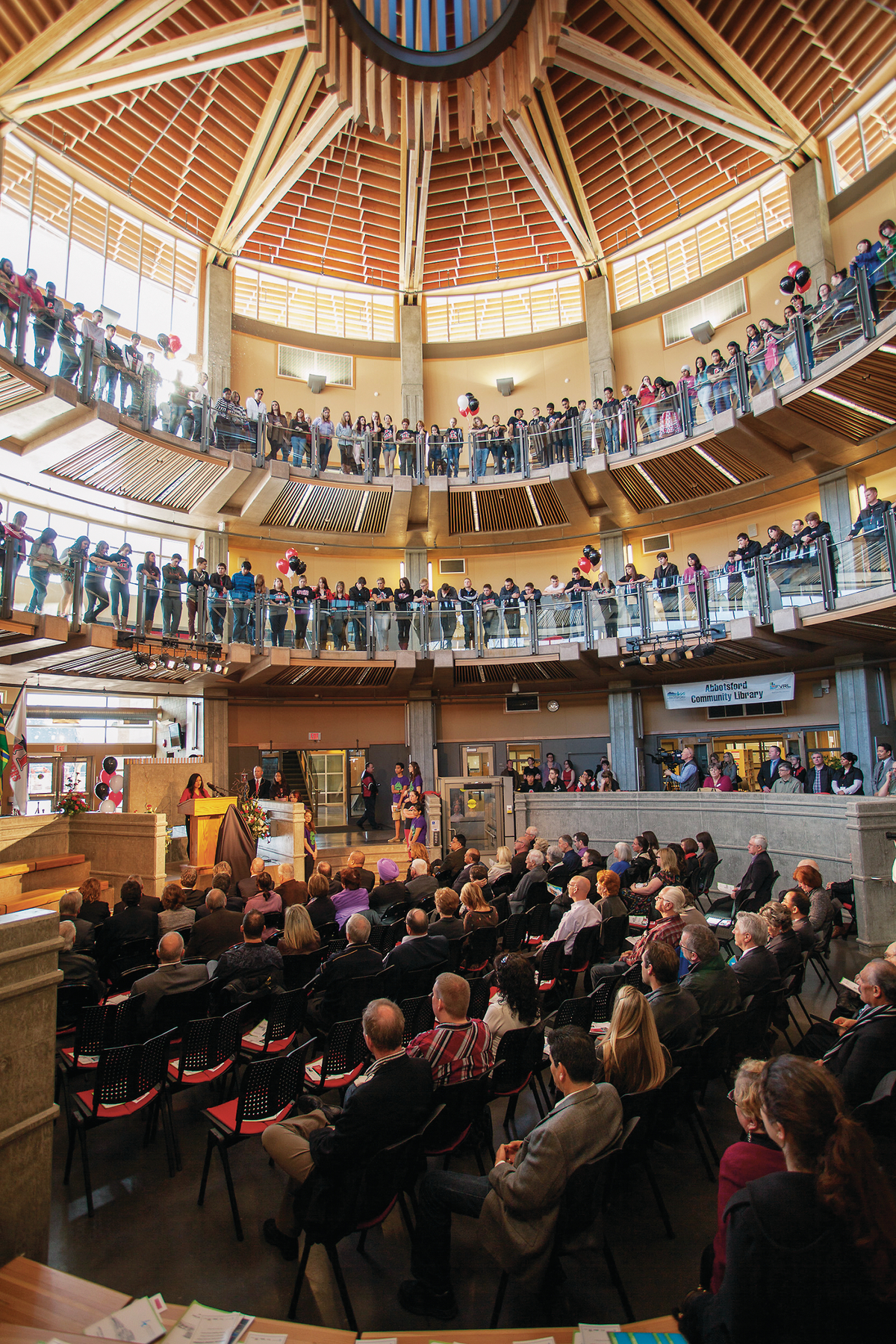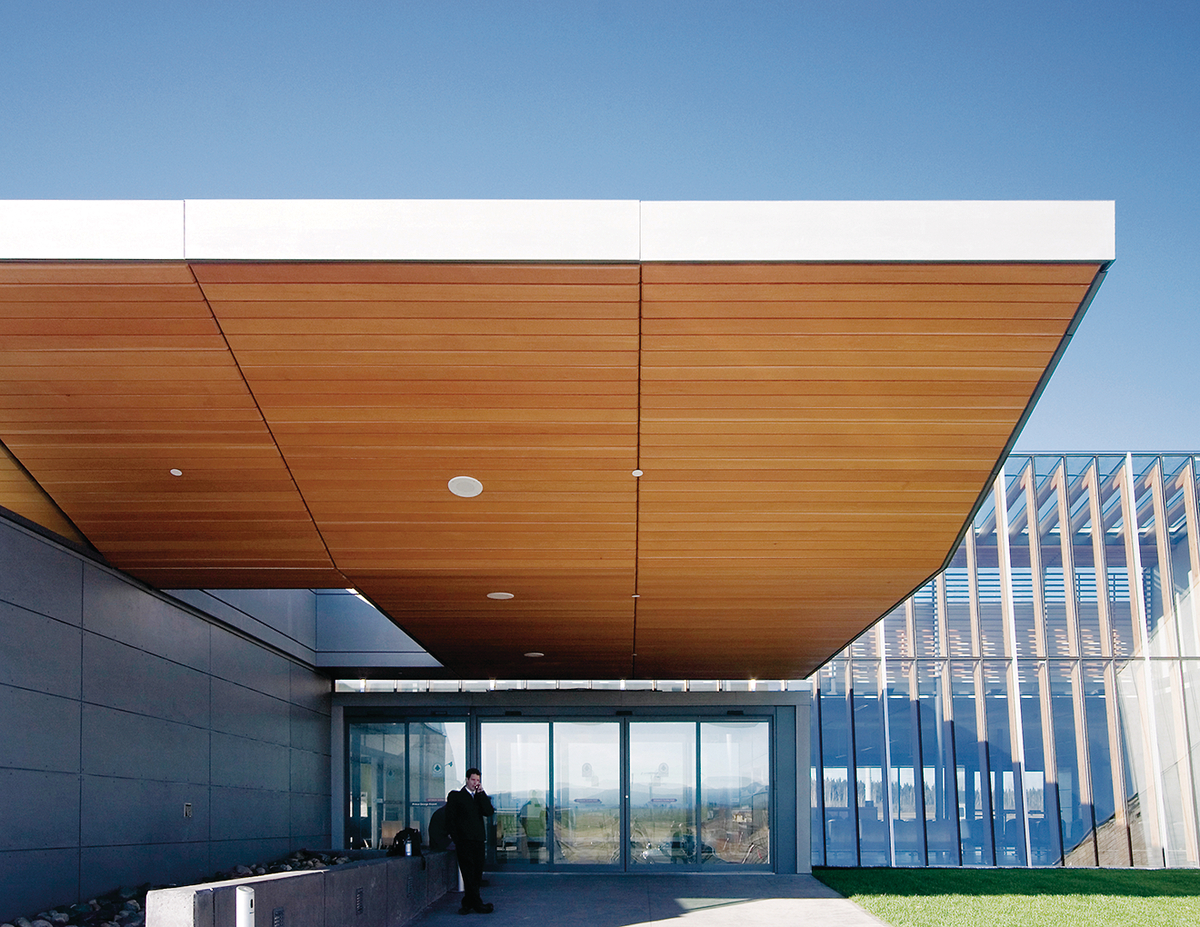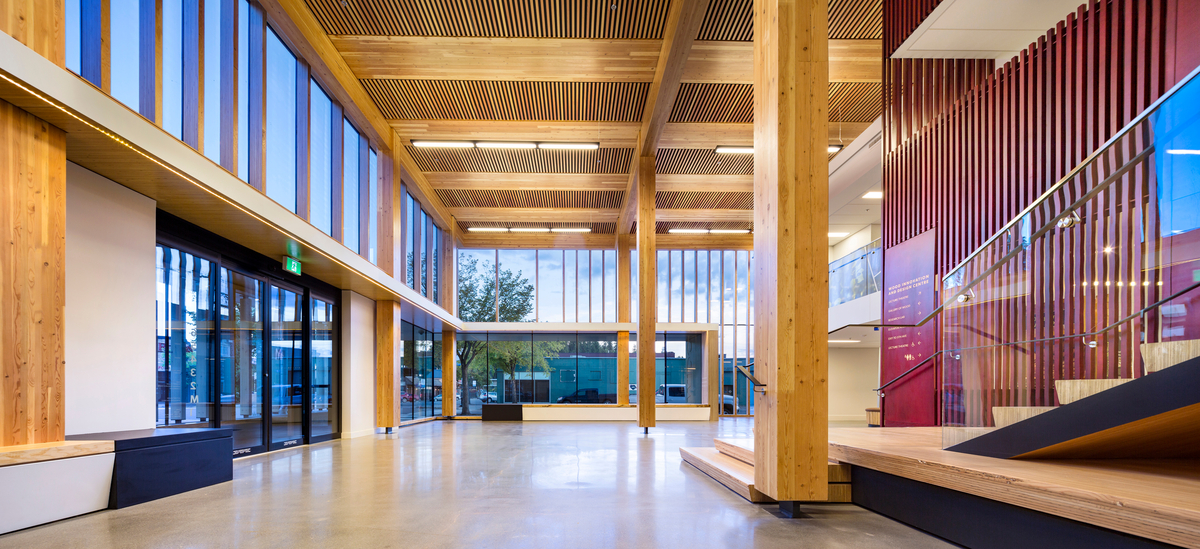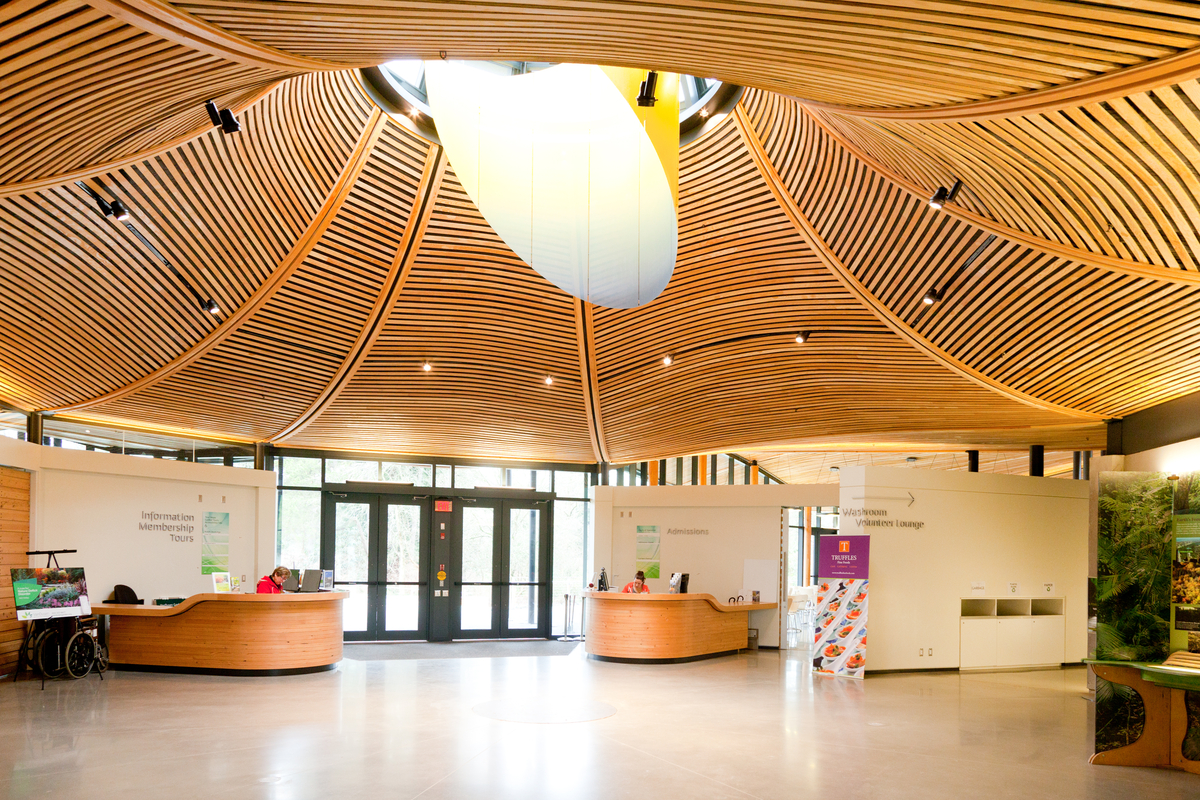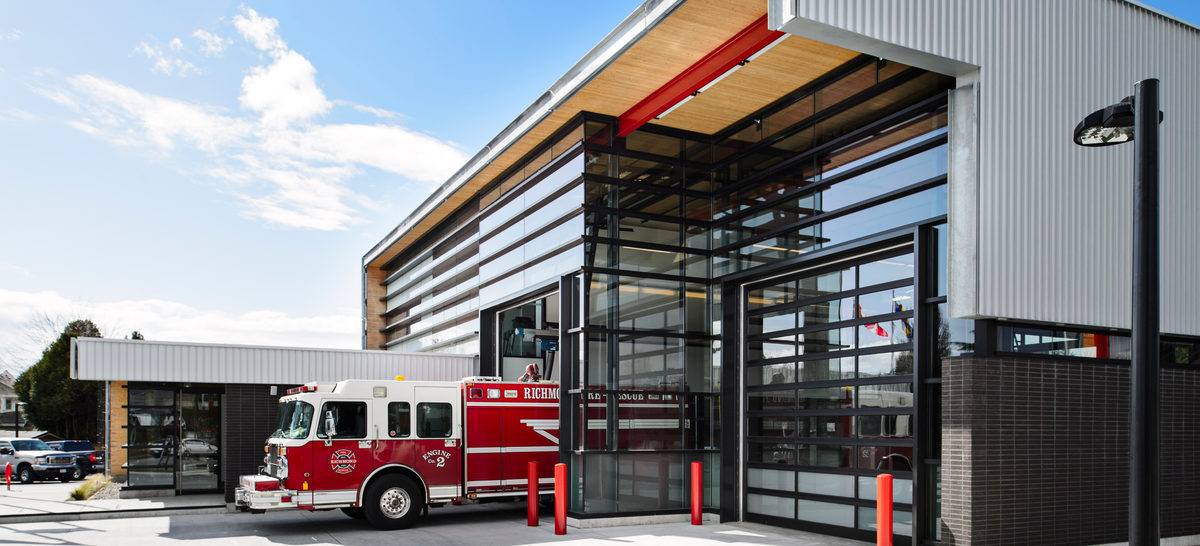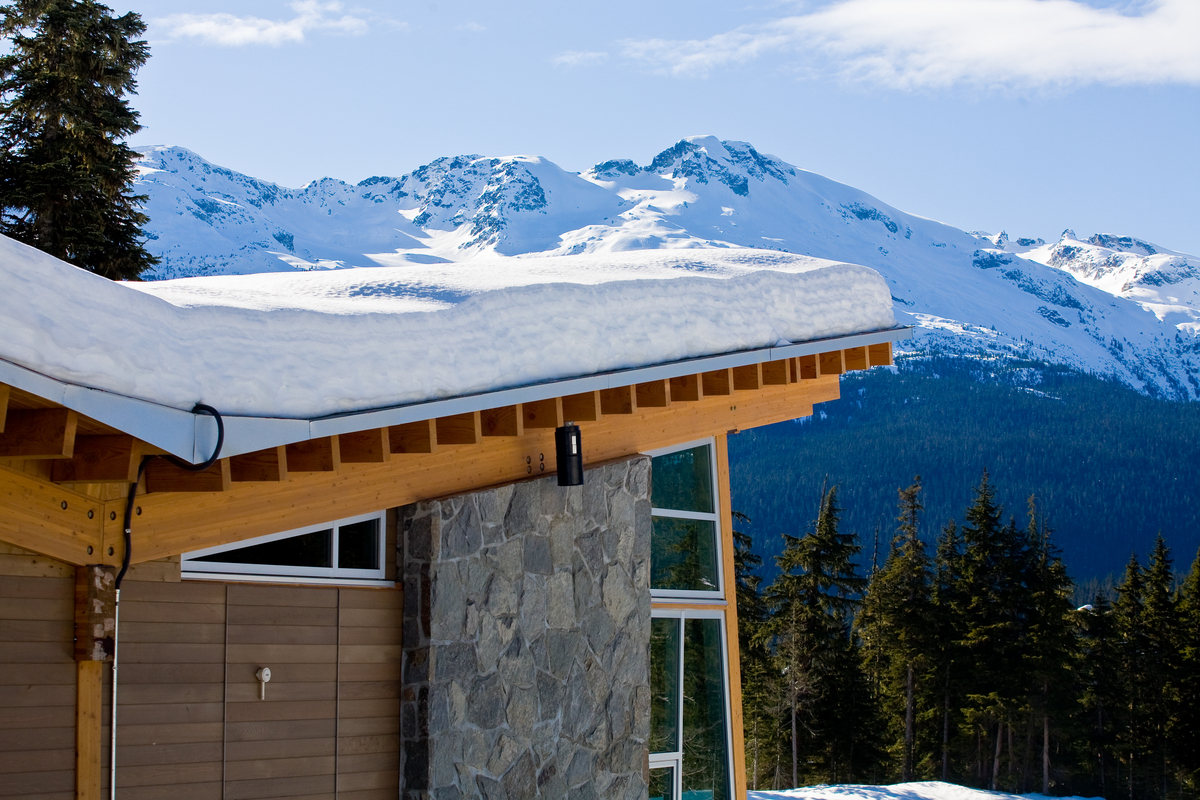Wood is a high-performance building material
Durable and strong, wood buildings are built to last. They’re resilient in the face of earthquakes, wind and fire. From light-frame and mass timber to new hybrid designs, wood construction is meeting and exceeding rigorous performance standards. Wood offers distinctive value from its aesthetic warmth and health benefits to its versatility and smaller carbon footprint when compared with steel and concrete.
Abbotsford Senior Secondary School | Photo credit: Aaron Millar, courtesy of CHP Architects
